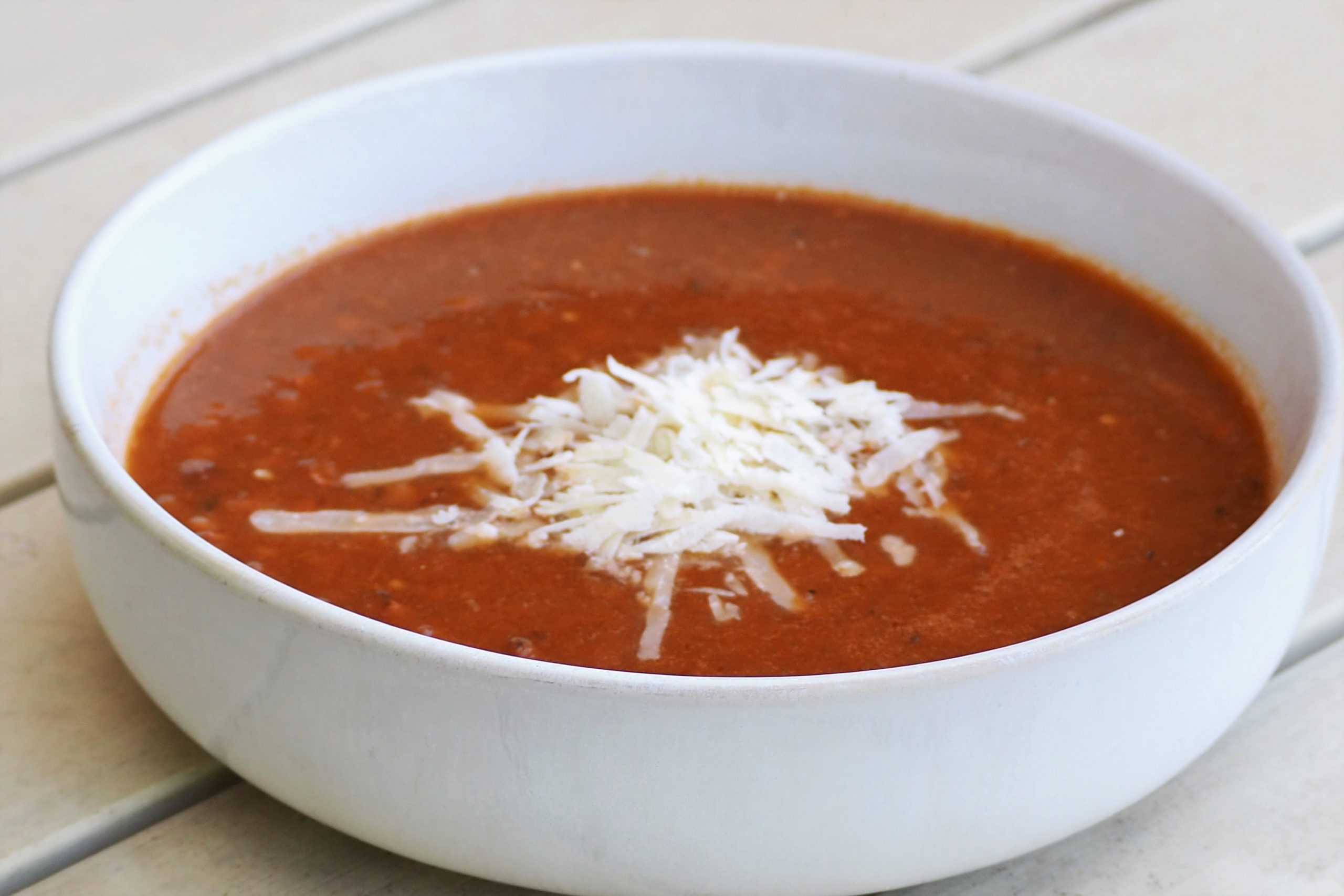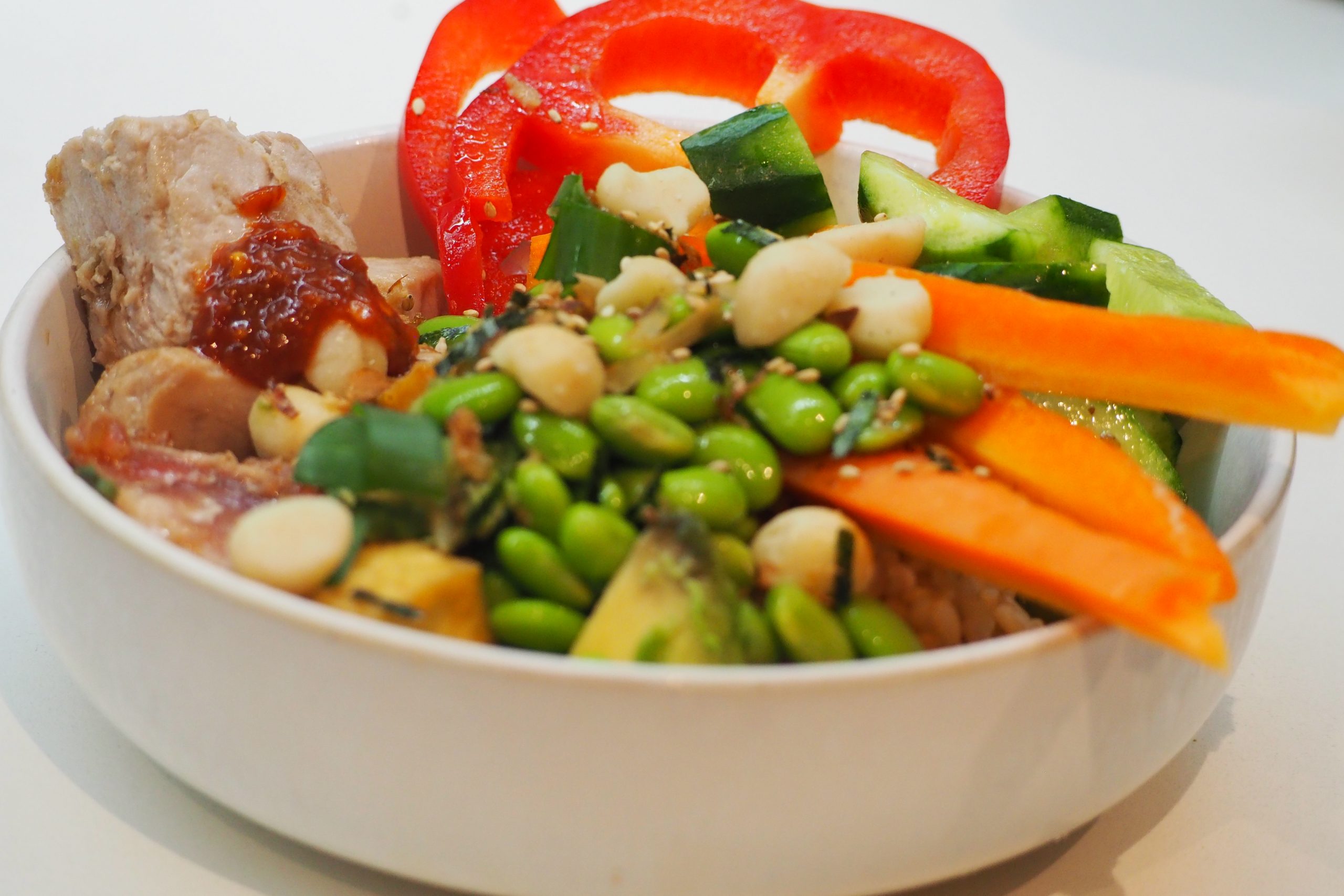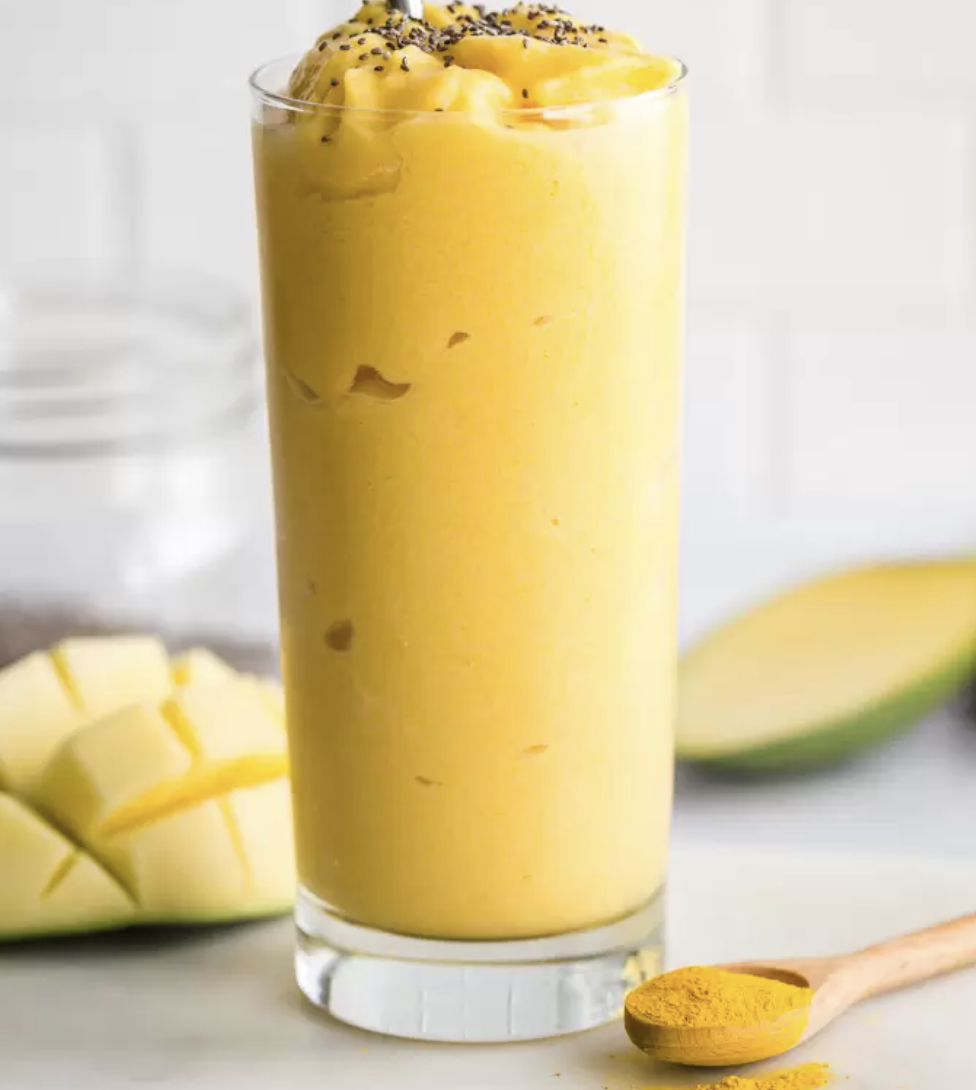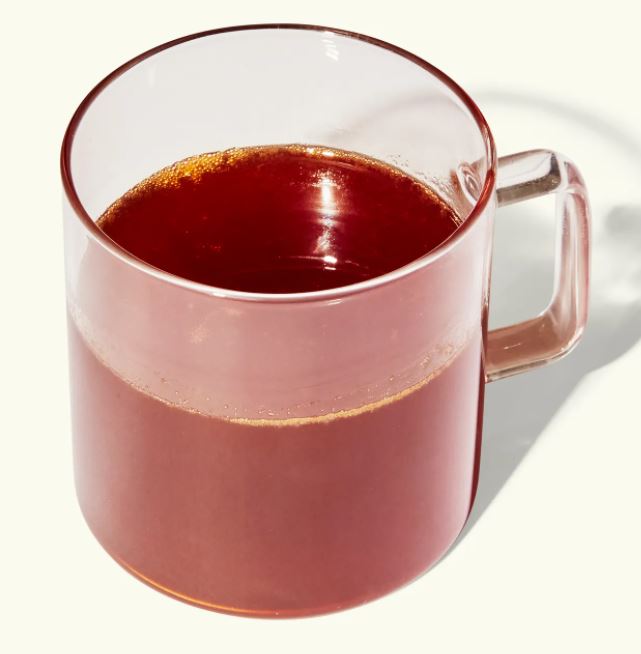Nausea and vomiting
There can be nothing worse than trying to face food when you are feeling sick or have been bringing up your food. Persistent nausea has a debilitating effect on your food intake and quality of life. There are many reasons for nausea and vomiting and if you are experiencing problems you should discuss them with your doctor or clinic specialist immediately. This is especially so if you have ongoing vomiting as there is the potential for you to become dehydrated quite quickly.
Fortunately nausea is not quite as a debilitating problem as it used to be. This is because there is now a wider and more potent range of medications (anti-nausea drugs or anti-emetics). It is important to take the medication prescribed, preferably before, rather than after you start to feel nauseous. This is something I really must emphasis. Many people take the view that it is better to try to fight their symptoms until they pass, instead of taking the pills they have been prescribed. I can’t tell you how many times I have had to remind individuals to take these pills, even though they have been told to do so by their doctor and their clinical support team. If you are taking these anti-emetic pills and are still experiencing problems, it is also important to contact your doctor or the clinical team. Again, there are so many new and stronger options around that can be tried.
Many people also find therapies such as music, distraction, relaxation, aromatherapy and acupuncture help. They are all worth exploring.
One of the most effective dietary options is to try to take extra amounts of protein throughout the day. Research has showed that many people experience less nausea, especially delayed nausea, or nausea after chemotherapy had ended, by sipping slowly on high protein (whey) drinks with powdered ginger twice a day (see recipe below.) The other important strategy, although it may seem counter-intuitive at a time when the sight and smell of food may make you feel unwell, is to eat or nibble on several small snacks, rather than larger meals.
Nausea is worse on an empty stomach. If you can’t manage even small meals, just try to keep nibbling small amounts of food, or sipping on sugar containing drinks. I often suggest keeping a couple of dry water crackers on the bed side table to nibble on before getting out of bed. Having something line the stomach seems to help you manage to do better at breakfast.
Other nibble ideas can include crackers, cheese, cold boiled eggs, rice pudding, nuts, olives, salty broth soups, ginger beer, ginger biscuits, crystalline ginger, salt and vinegar crisps, coke, toast and marmite or vegemite.
Tips for coping with nausea
- Try and ensure you’re relaxed and comfortable when you eat, and that the room is quiet and airy. Sit to eat, don’t stand or lie down.
- Stay away from hot, stuffy kitchens or canteens full of cooking odours. Also from pungent foods, such as frying food, fish, onions, garlic, and curry or other spiced foods.
- Eat a little of what you fancy – don’t force yourself to eat, or eat foods out of duty or just because they’re ‘good for you.’ Again it might be easier to nibble on a dry cracker, some crisps or to sip coke (it works) instead of trying to be a purist who has made a pact with themselves to only eat fish and greens.
- Eat slowly, and chew the food properly.
- Check with your doctor about whether nausea medication should be taken before or with food.
- Keep a diary of when you feel sick or vomit while having treatment, and discuss this with your doctor.
- Try to catch up on your calories at times of the day when you feel better.
- Try and eat regularly, having meals and snacks at the same times each day.
- Make meals enjoyable social occasions when you can. Make time to chat with the family, lay the table with a cloth, add a vase of flowers and some candles.
- Avoid foods that are hot, greasy, fried, spicy, fatty, or high in sugar. Eat foods that are cooler or at room temperature such as crackers and cheese, quiche, cold meat platters, olives, dips, crackers, nuts.
- Avoid alcohol and tobacco.
- Keep some salty crackers or pretzels beside your bed for when you wake up.
- Reheat meals in the oven instead of the microwave. Avoid anything greasy or fried.
- Sip on fluids like lemon flavoured barley water, broth, clear juice, ice lollies or try the ginger squash recipe below. Try refreshing fluids like elderflower cordial or jelly or the ginger squash recipe below.
- You can also try sucking on ice, either plain or cubes of frozen fruit juice. Avoid drinking too much fluid with meals, as can make you feel full and bloated. Fruit popsicles either brought or homemade can also help you to keep your fluids upIf you can’t eat solid foods, try liquid meal replacements.
- Keep your mouth fresh and if there is an unpleasant taste, suck on peppermints.
- Stick to light, plain foods on treatment days like Mum’s Chicken Noodle Soup (see recipe section), Rice Pudding (See recipe section).
- If you can, eat nutritious, high-protein snacks, such as peanut butter and crackers, cheese and crackers, nuts. Otherwise, try plain, bland foods, such as plain crackers, toast, dry cereals, plain yogurt, etc.
- Try a Sea-Band, a wristband that some find can help control nausea.
If the nausea is ongoing, try having a rest and then see if you can nibble on something light on something when you wake.
Menu – Getting through a day when feeling nauseated
Some recipes to help you if you are struggling with nausea
Refreshing Ginger Squash
Ingredients
Lime
1/3 cup of caster sugar
7cm fresh ginger, peeled and sliced crossways
Chilled or warm tea or soda water to mix with to serve
Method
Peel the rind from the lime and then juice the lime
Place sugar, ginger, lime rind, lime juice and 1.5 litres of water in a saucepan. Stir over a low heat until the sugar dissolves
Bring to the boil. Reduce heat to medium-low and simmer for 10 minutes.
Set aside to cool.
Strain and store in a jug in the fridge.
Add as a squash to either warm or cold tea or soda water and ice.
Chicken soup
This soup is easy and the combination flavour of lemon and soy sauce work well.
Ingredients
Small chicken or chicken pieces (1.4kg)
2 large onions, finely chopped
2 cups of loosely packed fresh continental parsley leaves
4 cloves of garlic, crushed
¼ cup of fresh lemon juice (extra can be added if a more intense lemon flavour is desired)
2 tablespoons of soya sauce (extra can be added)
5 medium carrots, cut into 1 cm pieces
2 medium tomatoes
Salt and pepper to taste
1.5 litres of water
Method
1. If using a whole chicken, remove as much of the skin and the fat as possible.
2. Combine the onions, parsley, garlic, lemon juice and soy sauce in a large saucepan.
3. Cook over a medium to low heat for 5-8 minutes or until the onions are soft(not burnt). Add chicken, celery, carrots and tomatoes and season with salt and pepper if taste buds need it, otherwise add some parsley chopped.
4. Add the water and bring to the boil
5. Reduce heat to low and simmer covered for 1 hour or until the chicken is tender and comes away from the bone easily.
6. Remove from heat, stand for 10 minutes and place the soup in the fridge to chill overnight. (this allows the fat to rise to surface and set).
7.When ready to serve, remove the soup from the fridge and use a large metal spoon to remove the later of solidified fat from the surface.
8. Remove the chicken from the soup and place in a large bowl. Pick the meat off the bones and shred into pieces. Discard the bones. Return the meat to the soup. Bring the soup to the boil over medium heat and simmer until the chicken and vegetables are heated through.
9. Remove the soup from the heat and skim a piece of paper towel over the surface to absorb any excess fat.
10. Season with salt and pepper as needed and serve in soup bowls with a piece of crusty bread.
Put single serves of the soup into storage containers and freeze to have ready when in need of your next home-made chicken soup fix.
Fruity Protein Shake
Ingredients
300 mls apple juice (can use pineapple/other flavours blend)
1 scoop ice
1/2 large banana (optional)
4 frozen strawberries
2 scoops vanilla whey protein powder (available online or health food stores)
Blend all ingredients together using a handheld blender (like a Bamix)
Chocolate Coffee Shake
Ingredients
2 scoops of chocolate protein powder or other protein with:
1 cup of skim milk
5 ice cubes
1 cup of water
1 spoonful of instant coffee
Blend all ingredients together using a handheld blender (like a Bamix)
Stomach soother
Ingredients
cup of orange juice
1/4 cup of lemon juice
1 tablespoon of corn syrup
pint of crushed ice
Mix ingredient and pour on crushed ice
Take a small sip every 5-10 minutes
Note: corn syrup can be replaced with glucose syrup or made up using the following
Substitutions: 1/2 cup sugar + 2 tbsp water = 1/2 cup light corn syrup; 1/2 cup honey = 1/2 cup light corn syrup




